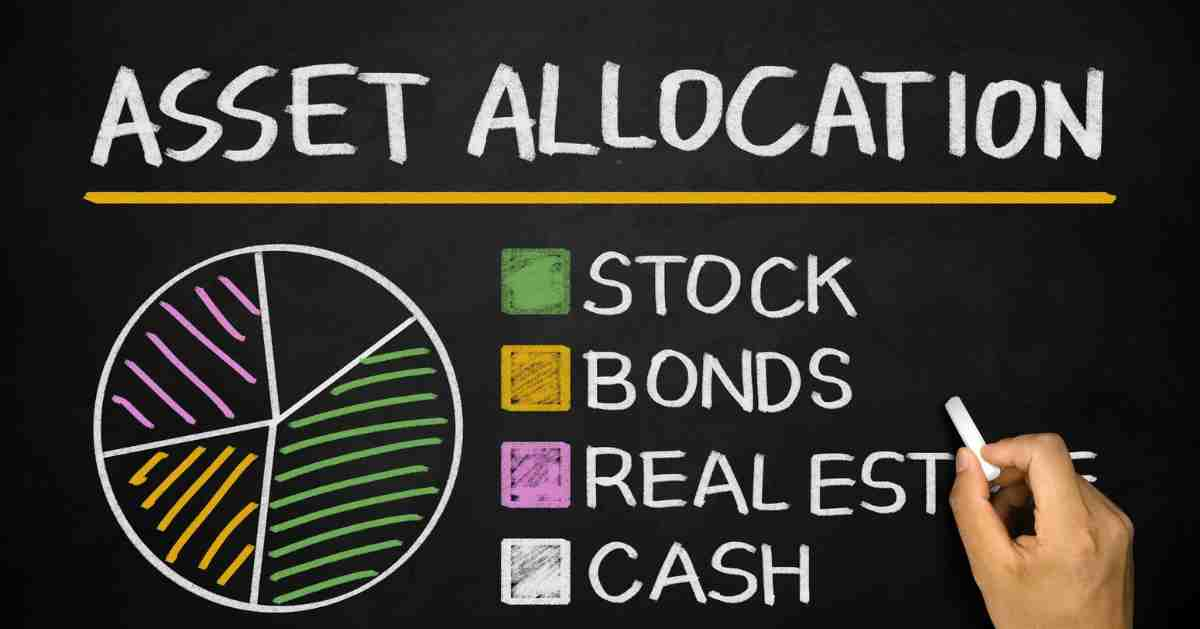4 Types of Assets to Invest in for a Solid Financial Future

Saving for the future might be something that’s been on your mind lately. Experts emphasize starting young because you often can’t recover all the compound interest that comes with time. However, getting started with saving and investing might seem overwhelming and confusing.
There are many different types of assets out there to choose from. Sorting through which ones are right for your situation and risk tolerance takes due diligence. Between researching past performance and weighing the pros and cons, you could end up more conflicted and perplexed. That’s why it can help to step back and look at what types of assets tend to produce income and returns over time. Let’s discuss four of them.
1. Real Estate
Owning property isn’t without risk. Yet the general rule of thumb is that real estate tends to appreciate. Within a few years or more, a property’s market value will likely increase above what you originally paid for it. Owners begin to build more equity as market values rise, adding to any equity they already had.
Equity is essentially the difference between market value and what it costs to sell. Expenses can include outstanding mortgage balances, title fees, and agent commissions. Besides a personal residence, you can invest in other properties you rent out. But going the traditional route of buying and managing investment properties isn’t for everyone.
Being a landlord comes with management responsibilities and headaches. While you could pay a property management company to help out, it’s an added expense. Plus, you still can’t be completely hands-off. However, alternative investments like private real estate investment trusts let you get in the game without becoming a landlord. With these trusts, you can own a smaller stake in several different properties at once, diversifying your real estate investments.
2. Bonds
Bonds tend to appeal to the more risk-averse investor. Although bonds don’t provide the same levels of return as stocks, these assets are less volatile. You’re not as likely to see huge dips in value when the markets go awry. Since 1926, long-term government bonds have produced average returns between 5% and 6%. That’s less than the 10% average for stocks, but bonds still have value.
Even if you’re young and have time on your side, investing in some bonds can balance out your portfolio. As less volatile investments, bonds can help absorb some of the higher risks you take with stocks. Besides U.S. Treasury bonds, there are also corporate, local or municipal, and international government bonds. Some may pay higher return rates than U.S. Treasury bonds in exchange for increased risk.
Bonds can also be a sounder investment during periods of uncertainty or high volatility. Although these assets usually don’t outpace inflation, they can perform better than others during tumultuous periods. Allocating or rebalancing a percentage of your portfolio to bonds during market uncertainty can help avoid some of the loss. Plus, if you keep some of your U.S. Treasury bonds, you’ll have a source of slow but steady income.
3. Stocks and Mutual Funds
Buying a piece of ownership in publicly traded companies usually pays off. You can earn money from stocks by buying shares when prices are low and selling them when prices are high. Some stocks also pay dividends or occasional income to shareholders.
Stocks that pay consistent dividends tend to be established companies with steady growth. Emerging companies and those in sectors where rapid change happens may not pay dividends. However, because these stocks are riskier to own, they might have higher return rates. Balancing your portfolio between reliable companies and those in emerging industries can help you get the best of both worlds.
What if figuring out which individual stocks to choose isn’t up your alley? There are always mutual funds. These assets combine stocks according to your investment goals and equity types or classifications. For instance, some mutual funds may put several large-cap stocks together. Other funds will modify the mix of equities depending on your retirement age or target date. Regardless of the type you choose, you should look at each fund’s performance record to see whether it’s right for you.
4. Certificates of Deposit
Certificates of deposit are like a savings account but with a fixed term. CDs also tend to pay slightly higher interest rates than a regular savings account. Certificates of deposit are more liquid assets, meaning you can usually convert them into cash quicker than other investments. They’re a helpful asset for reaching short to mid-term financial goals.
Say you want to save money for a down payment on a house. However, you don’t think you’ll be ready to settle down for another seven years. At the same time, you want to get the most out of your current funds. You also don’t want to risk spending that money on other things between now and then.
You can open up a seven-year CD and put the money you have now aside for your future down payment. You’ll earn interest on your initial deposit for seven years. Plus, you might be able to add additional funds to the CD during that time. Add-on certificates of deposit accounts let you increase the balance and earn interest on those secondary deposits. The longer the CD’s term, the more interest you’ll typically earn.
Investing for the Future
Getting a head start with investments while you’re young means you can realize the full power of compound interest. Typically, you won’t have to invest as much to realize larger gains. But if you’re older and need to play catch-up, you can still benefit from the returns these four assets can bring. Diversifying your choices between alternatives, bonds, stocks, and liquid investments will help you build a solid financial future.






